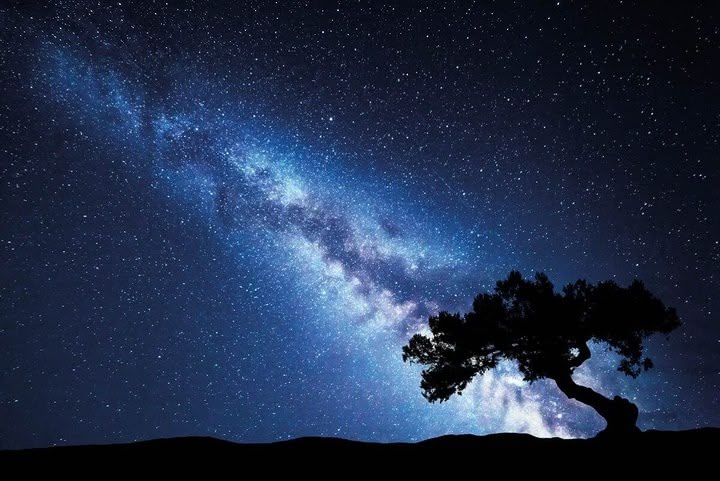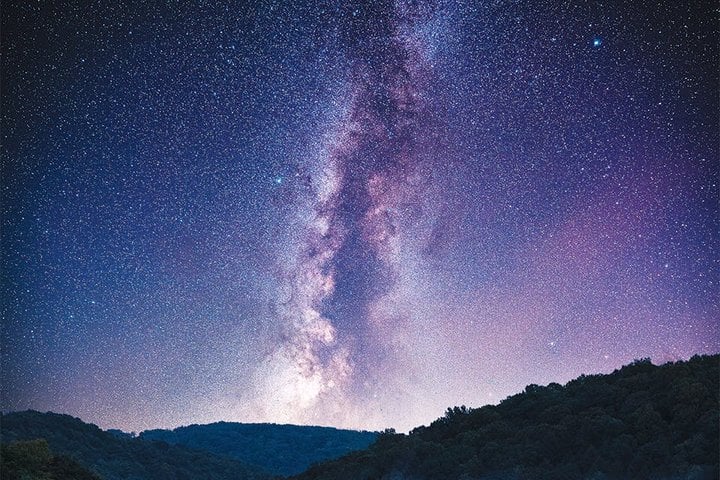This page is a permanent link to the reply below and its nested replies. See all post replies »
dirge · M
sort of. I say with a pretty high degree of confidence that they're using a star tracker and multiple long exposures, all stacked together.]. so you get skies like that, but the camera is picking up much more than your eye ever would and the stacking of many, many images is letting them drop things like skylink satellites and passing aircraft.
This comment is hidden.
Show Comment
dirge · M
[@TacticalNuke] stacking means you take... say 1000 images of the same thing, (for night skies, all somewhat long exposures) and do additive/averaging for the pixels. so if one pixel clocked in a 2% blue for half the frames, it becomes something like a 1% blue color. if something was black for 99% of the frames and red for only about 2, it effectively becomes a 0, all black pixel.
if you play with (at least digital) cameras for long enough, you'll quickly find that their sensors can picj up things your eyes can't. although your eyes can pick up things they can't - mostly in the area of being able to refocus insanely fast. the points of light kinda end up being mangled into a smear of light, not tiny little points. partly because it's such a fair light, but also because you're not keeping your head super still with respect to all motion, including that of the earth.
if you play with (at least digital) cameras for long enough, you'll quickly find that their sensors can picj up things your eyes can't. although your eyes can pick up things they can't - mostly in the area of being able to refocus insanely fast. the points of light kinda end up being mangled into a smear of light, not tiny little points. partly because it's such a fair light, but also because you're not keeping your head super still with respect to all motion, including that of the earth.




